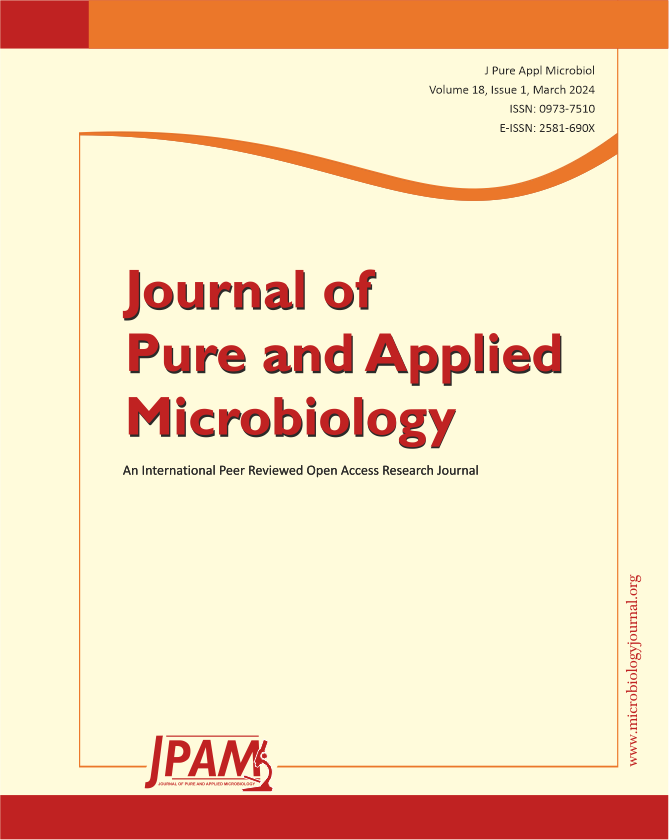The interactions between pathogens during infection and the impact of these interactions on drug effectiveness are poorly understood, making polymicrobial infections challenging to treat. During an infection, cross-interactions between bacteria and fungi can strengthen virulence mechanisms and affect how the disease develops. The purpose of this study is to determine how Pseudomonas aeruginosa interacts with Candida glabrata, Candida albicans, Candida krusei, Candida parapsilosis, and Candida tropicalis in the development of polymicrobial biofilms. Pseudomonas aeruginosa, Candida albicans, Candida krusei, Candida parapsilosis, Candida glabrata, and Candida tropicalis isolates were used in this experimental investigation. After preparing a 0.5 Mc Farland suspension of each isolate, the gold standard for measuring biofilm was applied: the Tissue Plate Culture (TCP) method. After that, an ELISA reader with a wavelength of 595 nm was used to measure the optical density (OD) of the biofilm. SPSS 26.0 was then used for statistical analysis to compare the OD values between Pseudomonas aeruginosa that had not been exposed to Candida and those that had. Pseudomonas aeruginosa and Candida are found to interact synergistically if there is an increase in OD, and antagonistic interaction is discovered if there is a decrease in OD. In comparison to the group that was not exposed to Candida, Pseudomonas aeruginosa exposed to Candida albicans, Candida krusei, Candida parapsilosis, Candida glabrata, and Candida tropicalis showed an increase in the OD value of biofilm. Pseudomonas aeruginosa and Candida albicans, Candida glabrata, Candida krusei, Candida parapsilosis, and Candida tropicalis interact synergistically.
Pseudomonas aeruginosa, Candida albicans, Candida glabrata, Candida krusei, Candida parapsilosis, Candida tropicalis, Biofilm, Polymicrobial
© The Author(s) 2024. Open Access. This article is distributed under the terms of the Creative Commons Attribution 4.0 International License which permits unrestricted use, sharing, distribution, and reproduction in any medium, provided you give appropriate credit to the original author(s) and the source, provide a link to the Creative Commons license, and indicate if changes were made.


